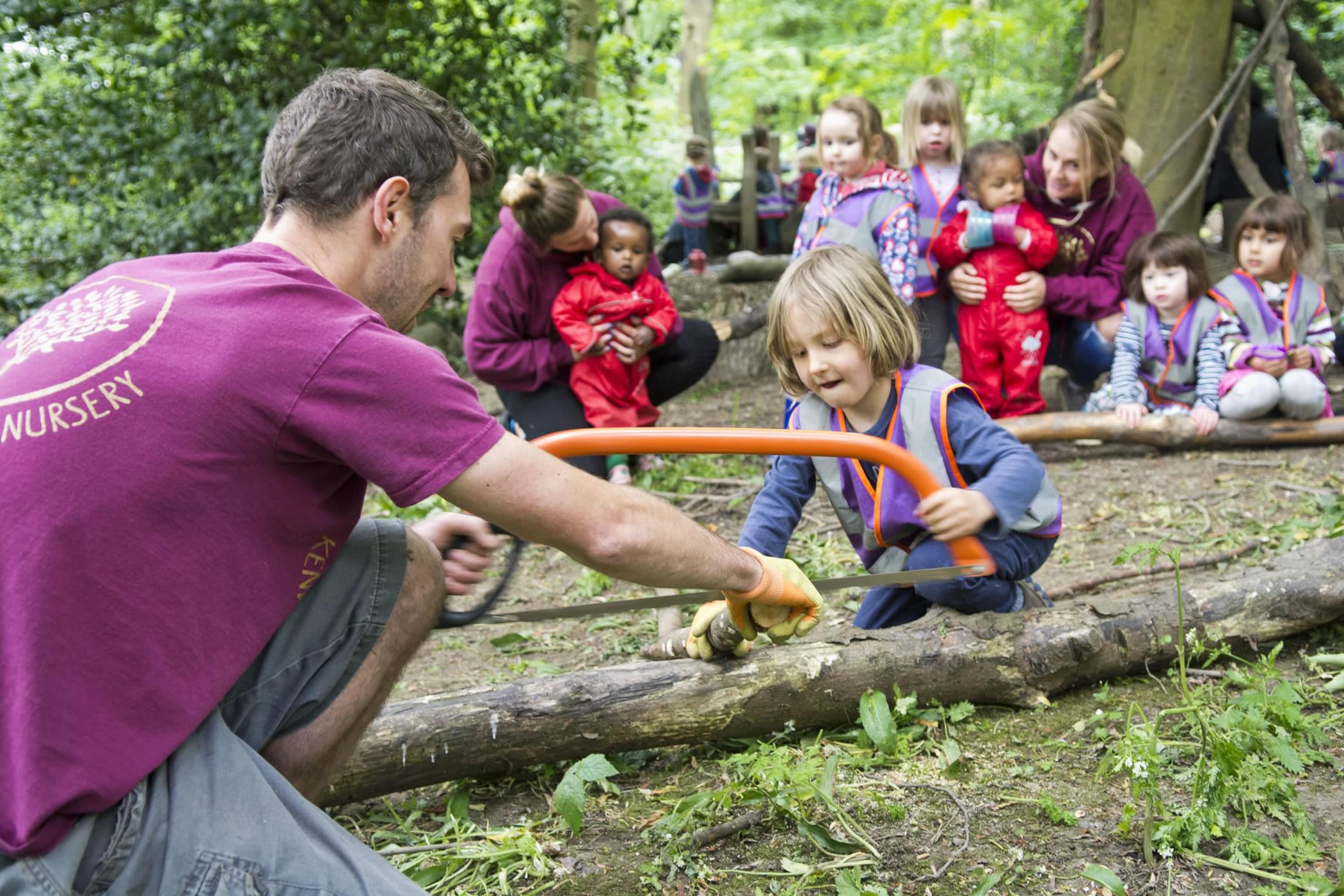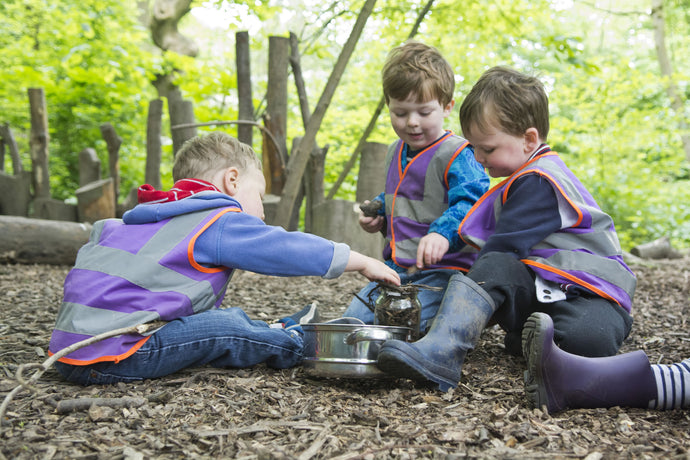- No courses in the cart.
The Difference Between Outdoor Learning and Forest Schools
13
Nov
If one doesn’t know any better, they may opt to believe that Outdoor Learning and Forest Schools are the same teaching system. However, they have some major differences that should be understood especially by practitioners and parents of learners because these two groups of individuals make direct actions and choices that affect the students.
The purpose of education is to inspire, encourage, and develop the curiosity to understand something new and learn. While both outdoor learning and Forest Schools do promote that sentiment from learners, forest schools focus on the individual learner.
Forest school practitioners obtain information about each learner through the baseline assessment to be able to provide opportunities for growth and skill development through direct experiences. When an individual learns something in the experiential level, it tends to stick and remain fresh in their minds and that’s one of the reasons why Forest Schools offer its learners exponential benefits.
The trained Forest Schools practitioners understand how to use the baseline information of each learner to increase emotional, physical, and social skills and provide healthy challenges.

Additionally, forest schools tend to focus on human to human connections to spark the will of wanting to learn. Forest Schools are transformative whereas outdoor learning tends to adapt aspects that can be viewed as transactional. For example, the set up of outdoor learning states as such: if you do a, you will receive b.
Forest schools plan experiences and opportunities around each learner’s specific needs. Trained facilitators of Forest Schools, need to be driven by the learner's interests. Each learner should be given a full chance to reach their optimal potential.
Practitioner’s need to be emotionally invested in every learner and learn who each learner is and what they need. Building authentic and deeply connected relationships is important to the Forest School programme because it allows learners to feel they are supported in the learning process.
Forest schools programming offers a structure to support building a positive community in an outdoors, forest type setting and there are usually higher practitioners to each learner ratios to provide adequate safety and support in this type of setting. Creating a great Forest Schools community is all about safety and the structure allows this to happen for the relationships to blossom and the curiosity to be unleashed.

It’s also an important aspect to consider the practitioners enjoy seeing the learners' curiosity open up. Forest Schools provide learners with space to communicate and develop their ideas.
In outdoor learning, the question that often pops up in the mind of practitioners is - how many learners can we have and manage? Whereas, Forest School practitioners ask the question- how many learners can we work with and still make a strong connection?
As you can see, Forest Schools take the more person-to-person approach and want to dig deep to help each learner develop in ways that make sense for them and their interests.




